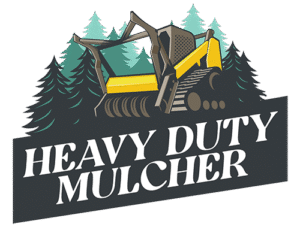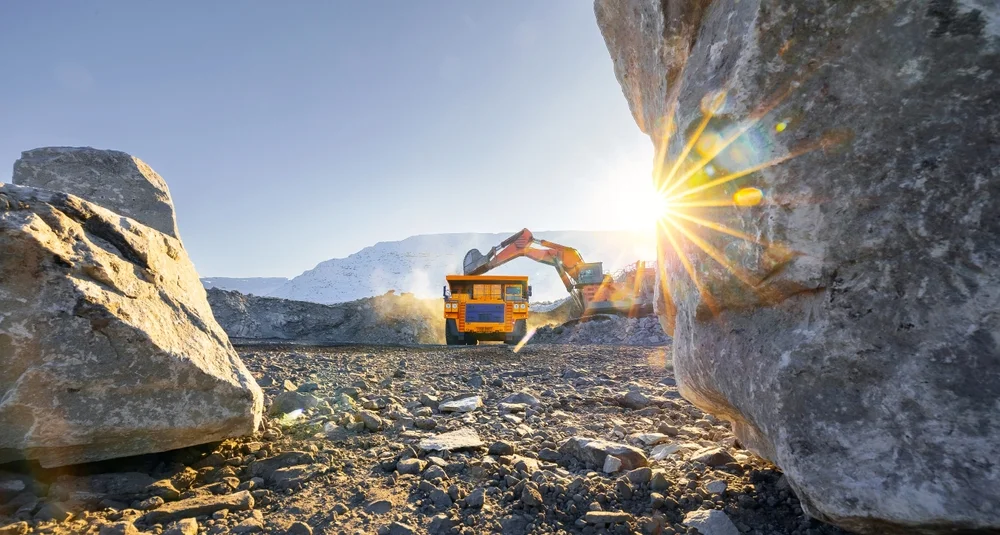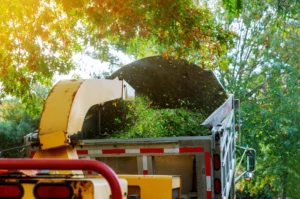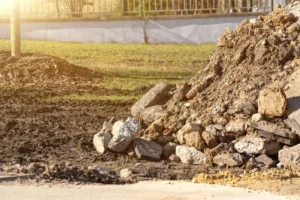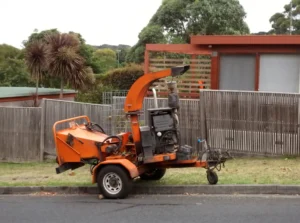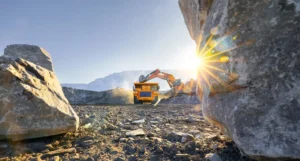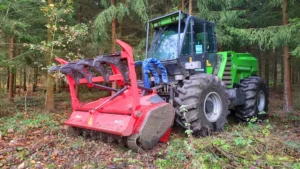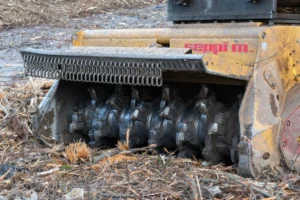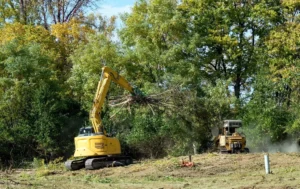Rocky terrain mulching is its own job. Uneven ground, hidden stone, wire, and compacted soils change how a head loads. Shock travels differently. Heat and debris build faster. Crews who run a rocky site like clean woodland lose time to faults and broken parts.
The aim here is simple, show how the machine behaves when teeth touch rock, separate what you can control from what you cannot, and give short rules that keep speed steady, heat in range, and checks fast enough to fit between rows.
Ground forces and machine behavior on rock
Rock contact is more than a single hit. It changes how the cut feels from the moment the teeth touch. Hard edges can force the rotor to lift, which shortens bite depth and cuts production. Vibration from the strike can shake the head off line, making the cut uneven and forcing extra passes.
Stone can also throw stringy material into trouble spots. Wire, vine, and bark fragments often ride the rock face into seals, belts, and bearings. Once inside, they start heating and wearing parts long before a fault shows up.
Airflow changes too. Chips and dust from rock contact can pack screens faster than wood chips alone. Heat starts building sooner. When airflow drops, oil temperature climbs and operators feel the machine lose its edge.
All of this happens in seconds, so prevention lives in setup and habits. Drive protection must be tuned for impact. Tooth selection has to match the ground. Feed pattern should avoid repeat strikes on the same point. Airflow should be kept clear before heat spikes. Service access has to be simple so crews can clear debris and reset quickly.
Treat these not as “nice to have” extras but as core requirements. In rocky terrain, a head set up for these conditions will feel calmer, recover faster, and keep cutting when the ground is working against you.
Drive protection and shock control
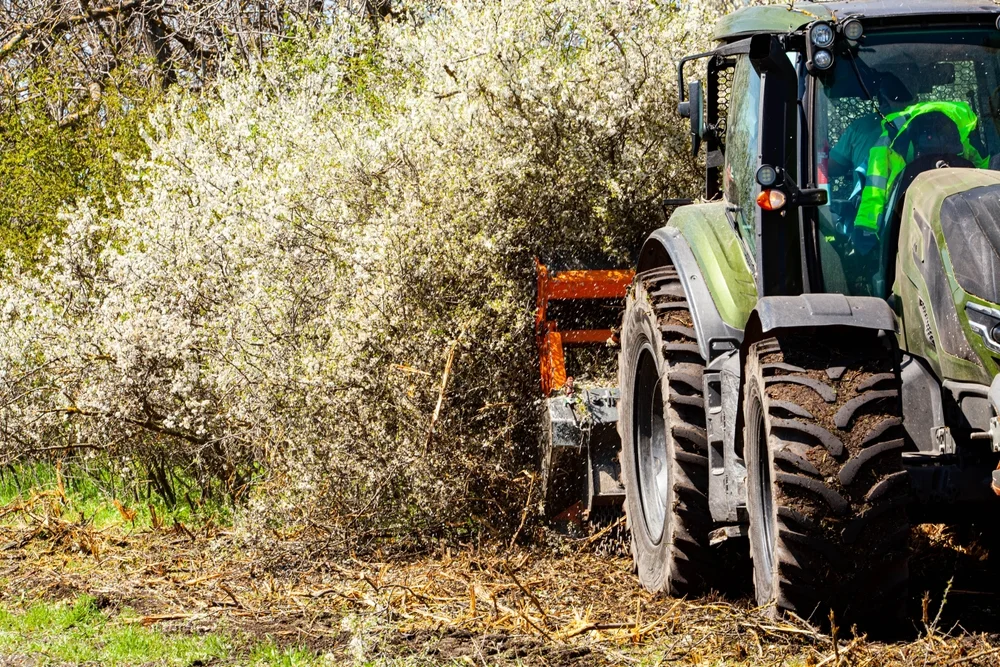
Most rocky site failures start in the drive. When a tooth hits stone, the impact does more than dull the edge. It sends a torque spike back through the rotor. That spike travels into the motor or the belts, stressing every component in the path. Without a protection strategy, this stress builds into cracked mounts, overheated belts, or damaged bearings.
A solid setup blends two things, a predictable fuse and a sensible drive ratio. The fuse might be a shear bolt, belt slip, or torque limiter, but it must be sized to fail cleanly before expensive parts are hit. The ratio should allow the rotor to slow under shock without stalling completely. This gives operators a chance to ease the bite and return to speed quickly, avoiding the cycle of bog and surge that overheats oil and stresses the frame.
If you are weighing options, the practical drive system differences explain how belt, direct, and gearbox layouts handle shock. Belt drives can soften sudden loads. Direct drives remove belts but need strong hydraulic relief and case drain design. Gearboxes offer control over speed and torque but demand disciplined oil care.
Whichever layout you choose, pair it with the structural habits in durability engineering so mount ears, gussets, and bearing guards are ready for impact. Strong structure keeps the load path clean, prevents flex that misaligns drives, and shields key components from flying debris. In rocky terrain, this combination of protection and structure is what keeps a strike from turning into a breakdown.
Teeth, pattern, and operator method
Tooth choice and feed pattern decide how often you hit rock and how the head reacts when it happens. The wrong match increases contact, builds heat, adds vibration, and can loosen or damage hardware. Over time, this turns into more downtime and higher costs.
Start by grounding your setup in the stand you actually cut, not in a generic or “all purpose” configuration. Different terrains and vegetation types demand different tools. Crews need clear, simple rules for bite depth, overlap, and approach so they do not have to make guesses in the field.
Before the first pass, align hardware and habits to reduce rock contact and keep discharge under control. Keep the rules short, visible, and easy to remember.
• pick teeth for the site, carbide for dirt and stone, sharp steel for clean wood and a fine finish
• reduce bite depth on visible rock faces, avoid crowding the door, overlap only enough to prevent re cutting
• lift and reset when the head drags or the chip stream lifts, meet rock at a low angle rather than square on
These choices pay back immediately. Carbide teeth survive abrasive ground longer, while sharp steel keeps clean timber looking neat. Adjusting bite depth limits impact damage. Controlled overlap prevents wasted cutting and keeps rotor load steady. Meeting rock at a shallow angle reduces shock, which helps protect the drive and bearings.
For detailed tradeoffs on matching teeth and attachments to different jobs, see choosing the right attachment.
To fine tune path and overlap so chip throw stays down and the head runs stable, use strategic cutting patterns.
And before the first row on any rocky block, run the warm oil routine from pre operation checks so pressure, case drain, and tension are correct before the teeth touch the first stone.
Cooling, contamination, and field service
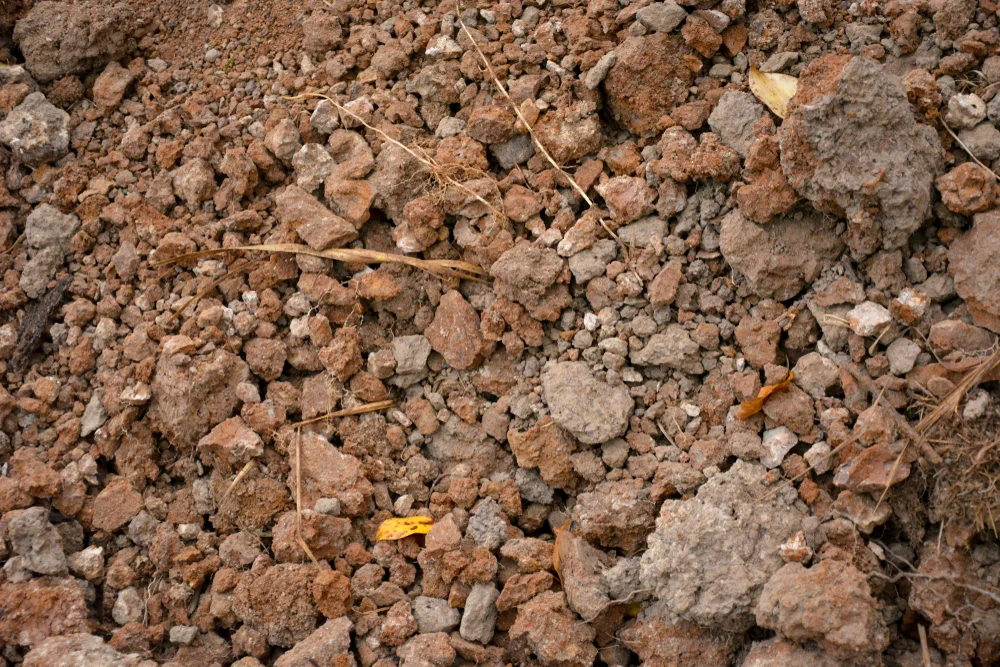
Rock throws more than big impacts. It sends a constant stream of fines into warm cores and pushes wire, vine, or stringy bark toward seals. These intrusions can build heat fast and wear parts quietly until failure hits. In rocky terrain, cooling and contamination control are not just maintenance concerns, they are production issues that decide if the head can keep working through the day.
Screens should open without tools so operators can clear debris in minutes. Temperature readings need to be visible in the cab, not buried in a menu, so crews can react before oil gets too hot. On dusty days, plan at least one midday cleanout. Waiting until the end of a shift means running hot for hours, which shortens seal and hose life.
Service points must be easy to reach. If a grease fitting or drain plug takes too long to access, it will be skipped until the next fault, and by then the damage is done. Good layout lets crews handle quick checks between passes without delaying production.
Tie these tasks to the paperwork crews already use, so the routine becomes automatic. Pair your rocky site plan with the maintenance checklists that capture tension, alignment, and temperature notes in under a minute.
Then extend that rhythm with the practices in long term care so magnetic plugs, breathers, and sample ports get serviced on schedule. This keeps oil clean, bearings cool, and the head ready for the next block without surprise breakdowns.
“Rock is not the enemy, surprise is. When crews know the rules for bite, angle, and cleanout, the head stays calm and the day stays productive.”
Morgan Patel, Field Manager
Get a rocky terrain setup plan
Rocky sites reward simple plans, short rules, and fast checks. The more complex the environment, the more value you get from a clear, one page reference that everyone on the crew can follow. When the plan is tuned to your carrier, head, and local ground, decisions become quick and consistent no matter who is running the machine.
Your tailored sheet will include tooth selection rules so operators know exactly when to use carbide or sharp steel. It will set bite and overlap guidance to control contact with stone and keep the cut smooth. It will give clear pressure targets for warm oil checks, so performance is verified before the first pass. It will also outline a cleanout schedule that fits your season, preventing heat build-up and debris packing before they become problems.
This is not a generic checklist. It is built from your machine data, your stand mix, and your local operating conditions. That means the advice matches the ground you actually cut, not just what works somewhere else.
Contact us and we will map the plan to your machines and the stands you work. You get a ready-to-use tool that improves consistency, protects hardware, and keeps rocky terrain from turning into a week of repairs.
